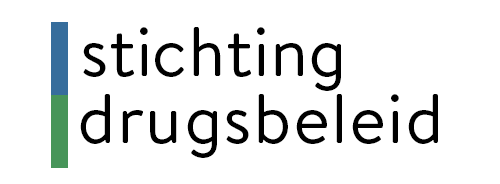English
The current drug prohibition has failed miserably. Around half of all criminality in the Netherlands is due to drug prohibition, it leads to greater health risks and an increased appeal to youth. Besides, it costs the tax payers billions of euros. The Netherlands Drug Policy Foundation strives for a better solution. We are convinced that regulation of production, sales and possession of drugs will reduce criminality significantly, will make health risks more manageable and save public treasury billions of euros.
On January 31 , 2016 we send the following suggestion to the New York NGO Committee on Ungass:
Suggestion: the WHO-definition of “HARM REDUCTION” should be broadened, in order to also include the reduction of harm at the supply side, that is at the production and sale of drugs.
Explanation: harm reduction is presently confined to reduce harms at the demand side, that is occurred by drug consumption. While measures like decriminalisation of users, needle exchange, injection rooms etcetera are essential and should be vigorously promoted, they are not enough.
Since the Ungass-1998 goal of a “drug free world” has proven to be an illusion, harm reduction is the only remaining option. But it should encompass all three links of the drug chain: not only drug use, but also the production and sale.
Reducing the harm of the last two means addressing the crime, collapse of civil society, poverty and environmental degradation which at present accompany these activities.
Our Foundation recently instigated a ‘hearing’ within the Dutch Parliament, to which organizations involved in combating these harms were invited. It would be extremely useful if thorough studies of these “unintended consequences” of the War on Drugs were to be undertaken.
Inevitably, in the end forms of legal regulation would have to be considered, but these would come as a logical result, not up front.

Geef een reactie